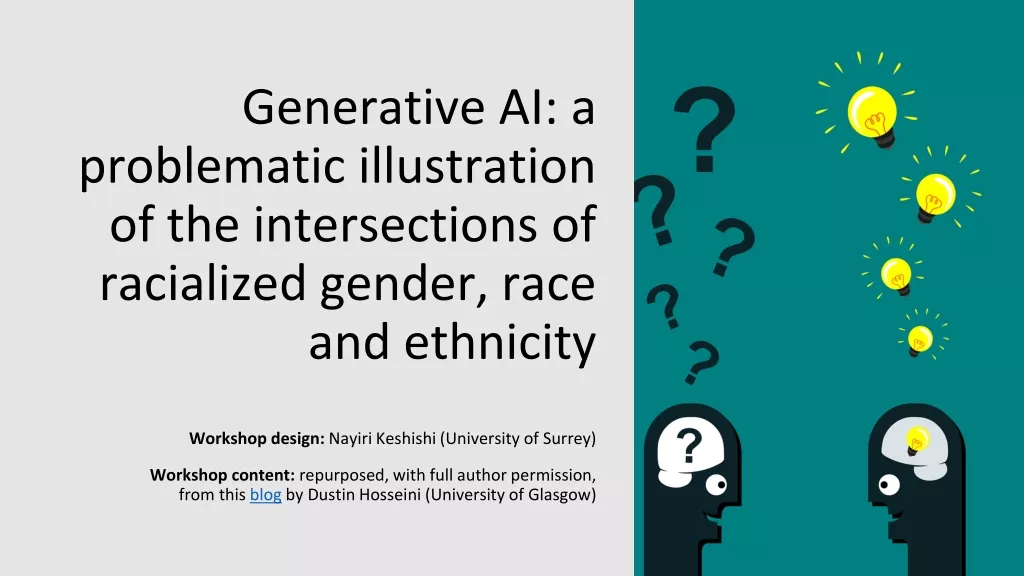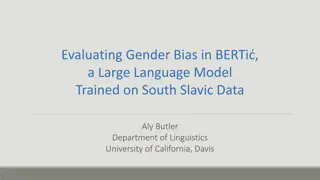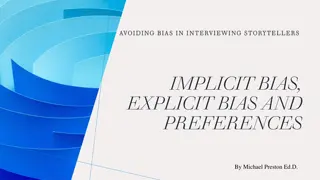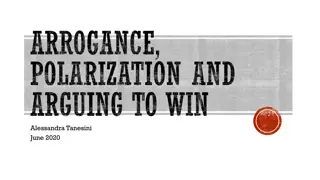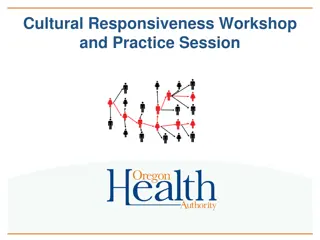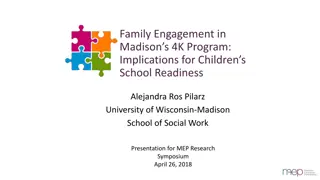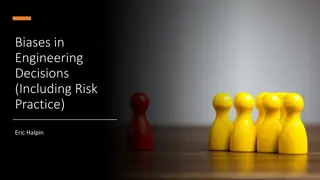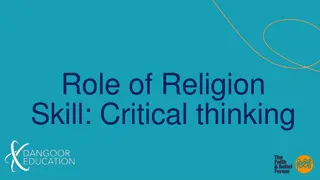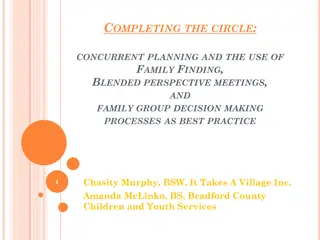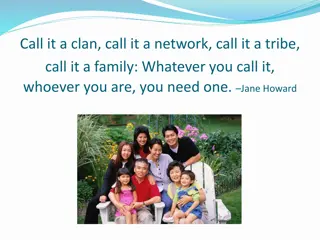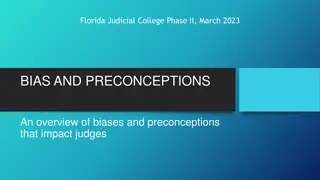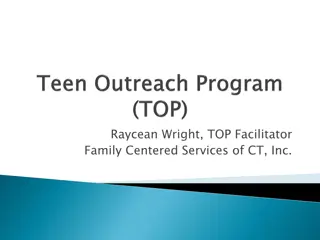Enhancing Engagement and Addressing Biases in Family-Centered Support
Explore the significance of active listening, engagement, and combating biases in supporting families within the child welfare system. Learn about the importance of involving parents and caregivers, understanding biases, and implementing strategies to reduce implicit bias. Emphasizing family voices and experiences leads to better support and outcomes for children and communities.
Download Presentation

Please find below an Image/Link to download the presentation.
The content on the website is provided AS IS for your information and personal use only. It may not be sold, licensed, or shared on other websites without obtaining consent from the author.If you encounter any issues during the download, it is possible that the publisher has removed the file from their server.
You are allowed to download the files provided on this website for personal or commercial use, subject to the condition that they are used lawfully. All files are the property of their respective owners.
The content on the website is provided AS IS for your information and personal use only. It may not be sold, licensed, or shared on other websites without obtaining consent from the author.
E N D
Presentation Transcript
Engagement PAULA BIBBS-SAMUELS, MS, LPC
Goals To understand the difference between hearing and listening Engagement & Buy-In To draw attention to biases To share my story, means to share myself Listen
Listen Up First-hand experience is often considered a better qualification than just being formally educated. Parents, families, and caregivers have this first-hand experience, so who better to speak up about the child welfare system than them? Who most likely knows their child best? Who can share the different supports and strengths of the family? Who is more likely to give an honest critique of the child welfare system?
Listen Up Engagement Buy-In Involvement Togetherness Joint effort Acceptance Willingness to actively support
Engagement Early Give space for family, parent, and caregiver voice Create comfortable feedback loops Connect families with peer supports
Engagement FATHERS
Engagement Engage families in case planning Engage families in child placement Engage family members Engage community members
Explicit Implicit Racism Prejudice Racial Profiling Affinity bias favoring those similar Biases Discrimination
Ways to reduce implicit bias Intentionally interact with those from diverse backgrounds Counter-stereotyping exposure to factual information that counters the stereotype Be honest with yourself Evaluate your actions, attitudes, and behaviors Take bias training
To share my story, means to share myself
Safety Well-Being Permanency
Slow Down Stay focused Commit to Listen Don t interrupt Be aware of biases Don t force personal opinions or solutions Engage all parties Ask Questions
Resources Engaging Families in Permanency Planning: https://www.childwelfare.gov/topics/permanency/planning/engaging-families/ Implicit Bias in the Child Welfare, Education, and Mental Health Systems: https://ncwwi.org/files/Cultural_Responsiveness__Disproportionality/Implicit-Bias-in-Child- Welfare-Education-and-Mental-Health-Systems-Literature-Review_061915.pdf Race and Poverty Bias in the Child Welfare System: Strategies for Child Welfare Practitioners: https://www.americanbar.org/groups/public_interest/child_law/resources/child_law_practiceo nline/january---december-2019/race-and-poverty-bias-in-the-child-welfare-system---strategies-f/ Strategies for Reducing Inequity: Addressing Bias: https://www.childwelfare.gov/topics/systemwide/cultural/disproportionality/reducing/bias/ Working With Children, Youth, and Families in Permanency Planning: https://www.childwelfare.gov/topics/permanency/planning/
Contact: Paula Bibbs-Samuels, MS, LPC 806.828.0097 PK3BKKH@gmail.com



